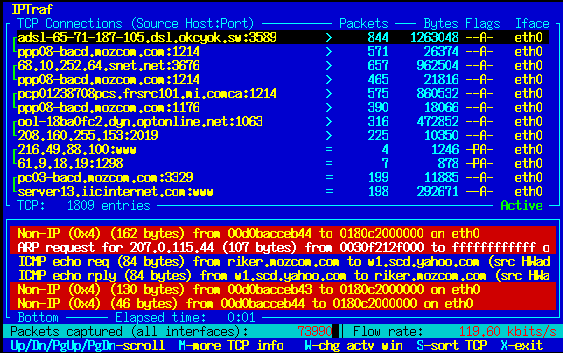Some of my clients are being hassled with these new PCI checks... not that they're really all that new, but PDQ companies are certainly using them a lot more.
A really helpful article can be found here:
Making Plesk more PCI compliantOn the last check, the servers were failing on several fronts, and I thought I'd note down some pointers for the future.
1.SSH host keys. Being Debian, the servers fell fowl of a packaging mistake with SSH in which the keys became less than secure... need to re-generate them.
sudo -s
rm /etc/ssh/ssh_host_*
dpkg-reconfigure openssh-server
Then all you need to do is go around the update all the known_host files... yawn
2.PHP version. Problem with Plesk 8.4 is that is uses one version of PHP for Apache and one for the control panel. And, the version used for the control panel was horribly out of date.
The version used for the forward facing pages is not completely up to date either, so I've used the dotdeb repros to get the latest versions.
sudo -s
joe /etc/apt/sources.list
deb http://dotdeb.netmirror.org/ stable all
deb-src http://dotdeb.netmirror.org/ stable all
apt-get update
apt-get upgrade
Make sure that you keep your old config files, or at least do a diff to work out which bits have been changed.
The version that is used for the Plesk control panel is independant on that installed on the system and is shipped separately. According to the
Forum, it will be upgraded to 5.2.6 from the next release... 8.5... whenever that will be... have posted to the thread to find out.
As well as this, the scores for psa were being counted twice because port 8880 and port 8443 were both open and creating the same errors. As far as I can tell, port 8880 isn't used in a standard setup. So, until the next release, I thought I'd just try and block its use.
sudo -s
joe /opt/psa/admin/conf/httpds.conf
#Listen 8880
/etc/init.d/psa restart
You can then test the connection to port 8880 from a remote location.
telnet servername 8880
3.Somebody had left a phpinfo() file in a forward facing position. (5 points)
4.Apache needs to be over 2.2.8 and if it's not, that's another 6 points.
5.Port 53 was open
Close it using the Firewall module in Plesk (DNS server)
6.SSL 2.0 was being used... that added another 4 points.
sudo -s
joe /etc/apache2/httpd.conf
SSLCipherSuite ALL:!ADH:!LOW:!SSLv2:!EXP:+HIGH:+MEDIUM
SSLProtocol all -SSLv2
/etc/init.d/apache2 restart
You also need to alter the psa (Plesk Server Admin):
sudo -s
/opt/psa/admin/conf/httpsd.custom.include
SSLCipherSuite ALL:!ADH:!LOW:!SSLv2:!EXP:+HIGH:+MEDIUM
SSLProtocol all -SSLv2
/etc/init.d/psa restart
(If the .custom.include file doesn't exist, create it: it will ensure that the config changes persist on package upgrade)
You can double check that the server doesn't respond to a SSL2.0
openssl s_client -connect hostname:443 -ssl2
openssl s_client -connect hostname:8443 -ssl2
openssl s_client -connect hostname:25 -starttls smtp -ssl2
If SSL2.0 is disabled, you should get the following returned.
419:error:1407F0E5:SSL routines:SSL2_WRITE:ssl handshake failure:s2_pkt.c:428:
420:error:1406D0B8:SSL routines:GET_SERVER_HELLO:no cipher list:s2_clnt.c:450:
.
